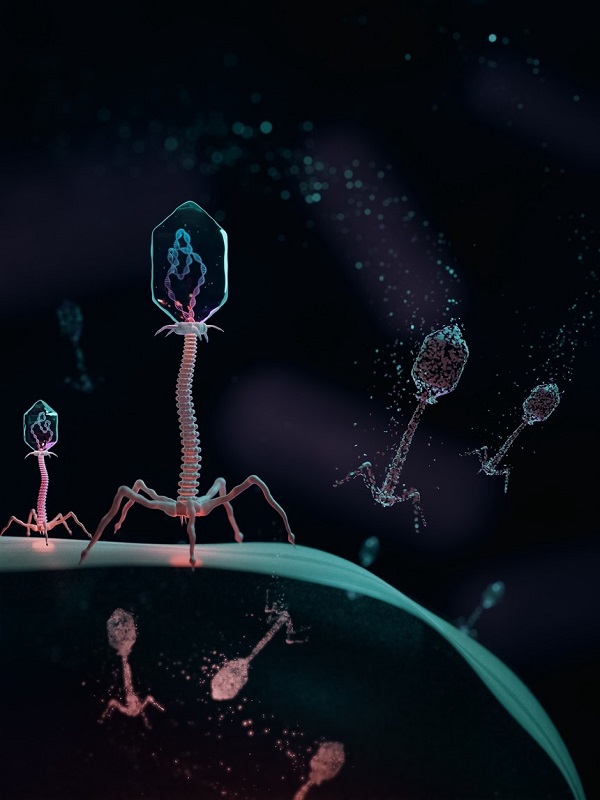
Creating a Virus-Resistant Bacterium Using a Synthetic Engineered Genome
Scientists engineered a model bacterium's genetic code to make it virus-resistant and unable to exchange genetic material or grow without special media.

Scientists engineered a model bacterium's genetic code to make it virus-resistant and unable to exchange genetic material or grow without special media.
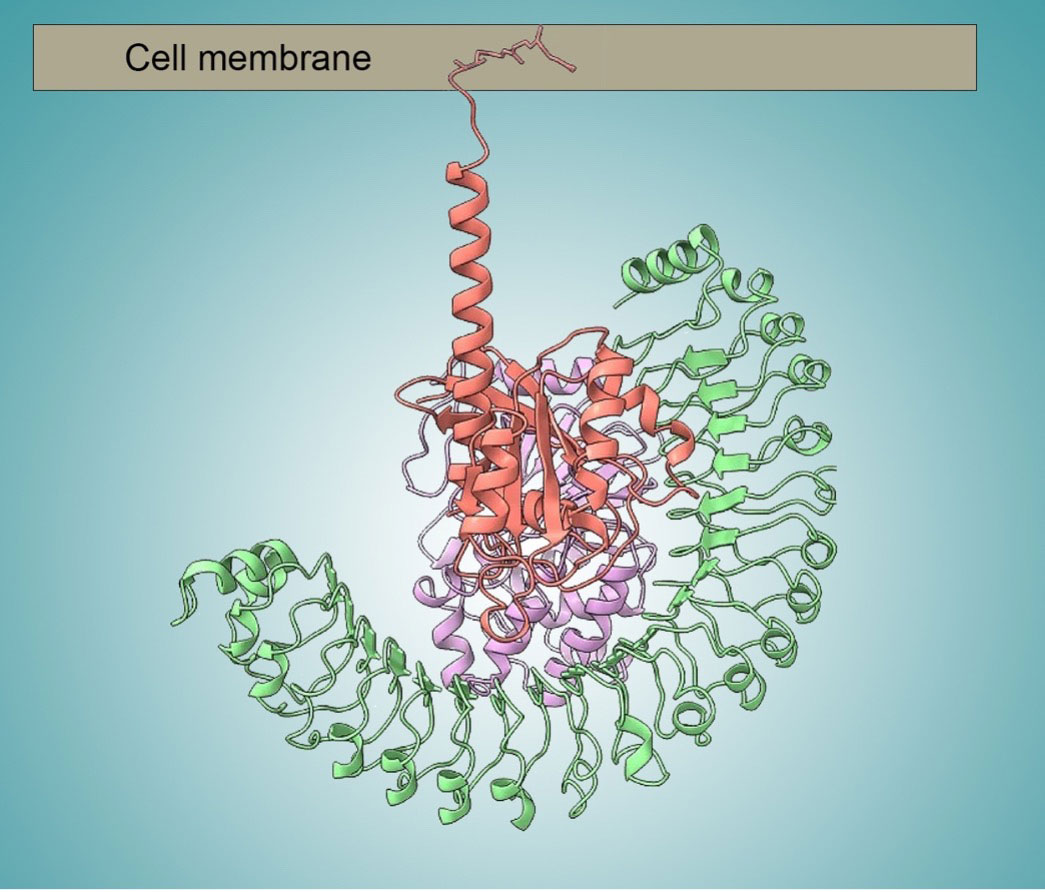
Three proteins work together to transmit signals for cell division, revealing new targets for cancer-fighting drugs.
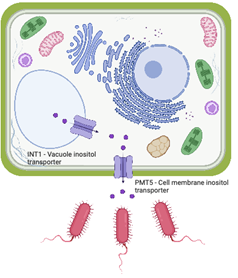
Scientists discover a mechanism for plant-microbe interactions.
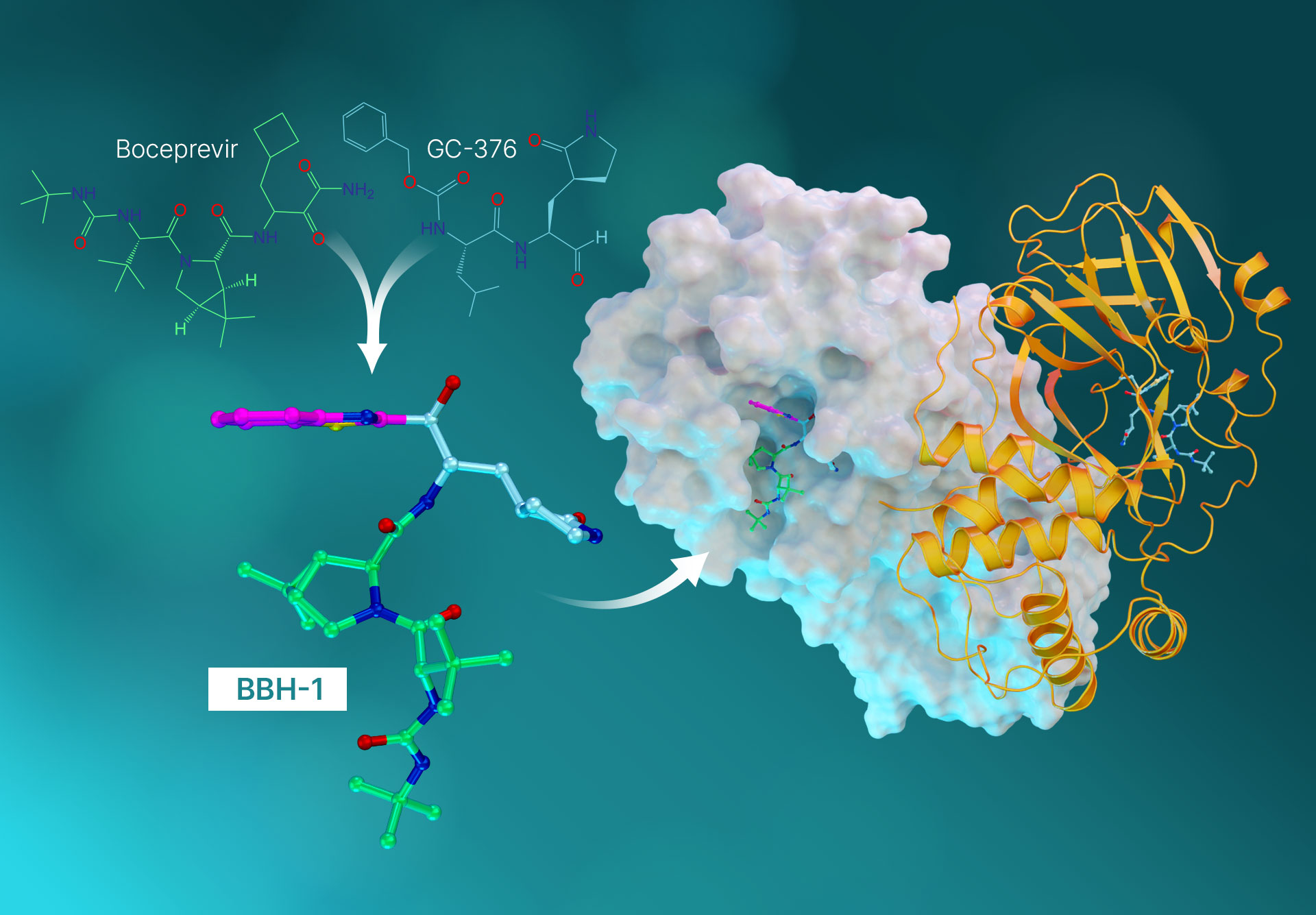
Solving atomic structure and binding for improved antiviral drugs.
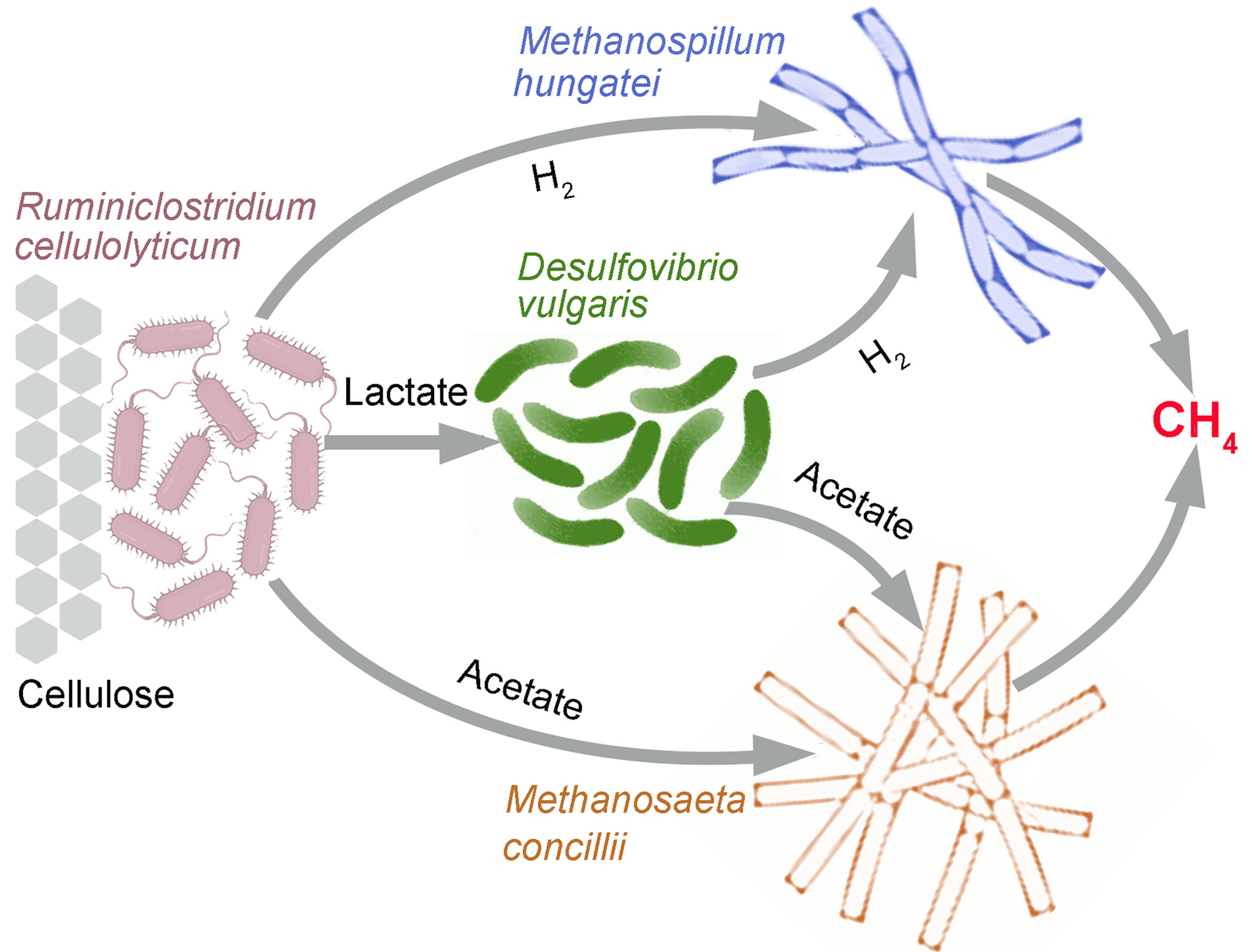
Modeling microbial interactions in synthetic communities offers insights into environmental processes.
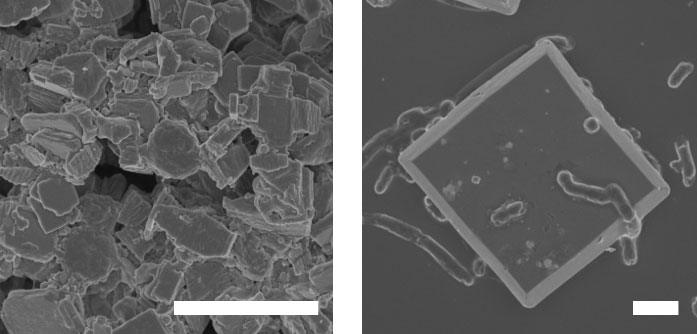
Scientists develop a multimodal imaging approach to study microbe–semiconductor biohybrids at the single-cell to single-molecule level.
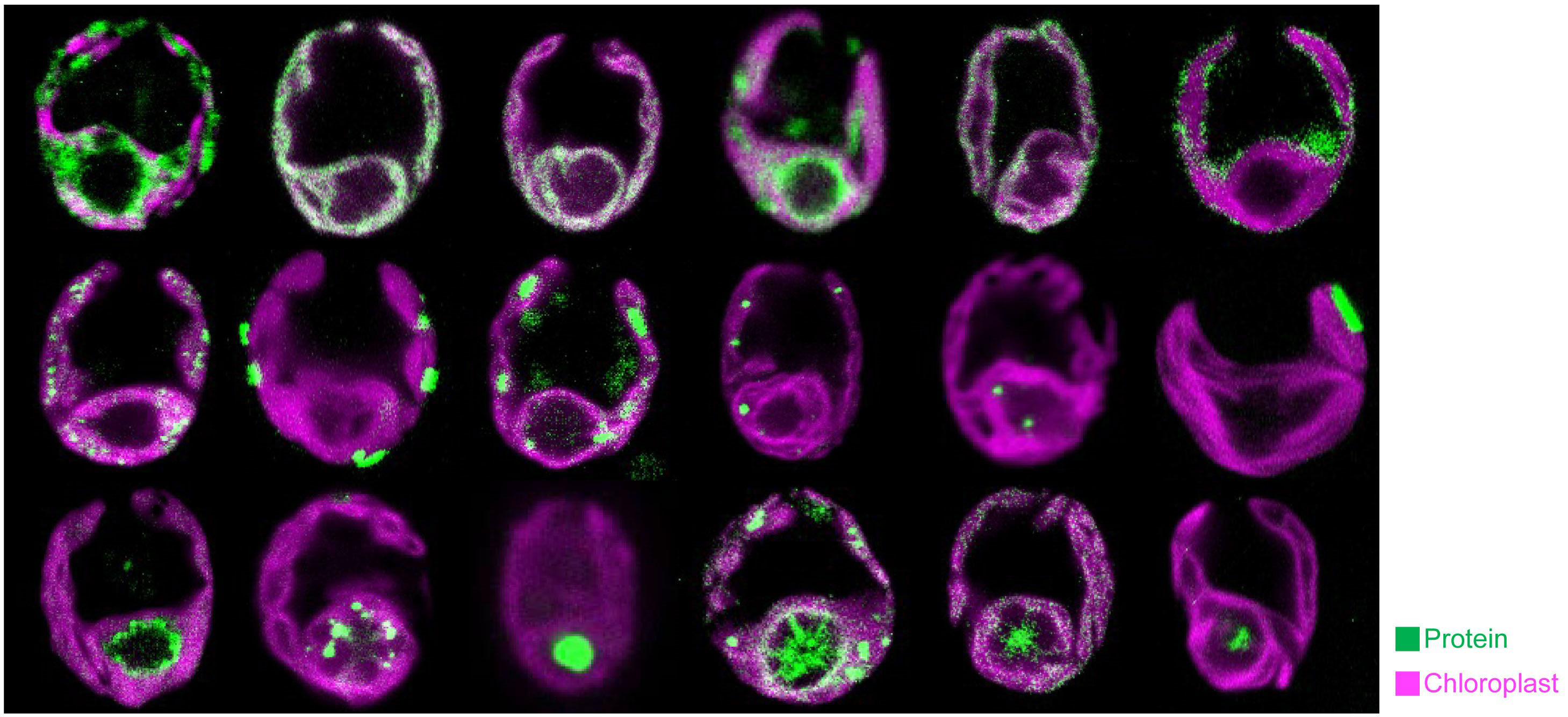
By collecting the locations of 1,000-plus chloroplast-associated proteins, the atlas offers insights into protein functions and chloroplast organization.
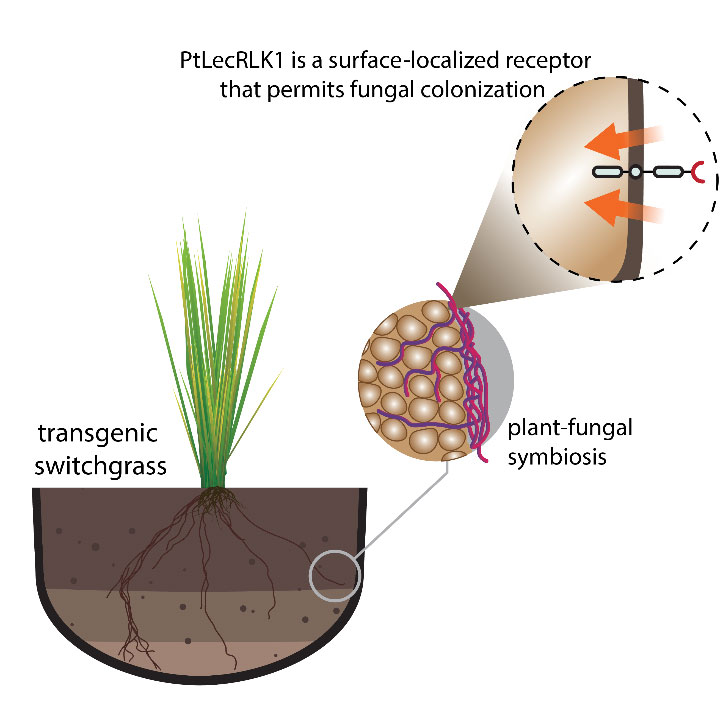
Scientists find the key to engineering plant signaling to allow colonization by beneficial fungi.
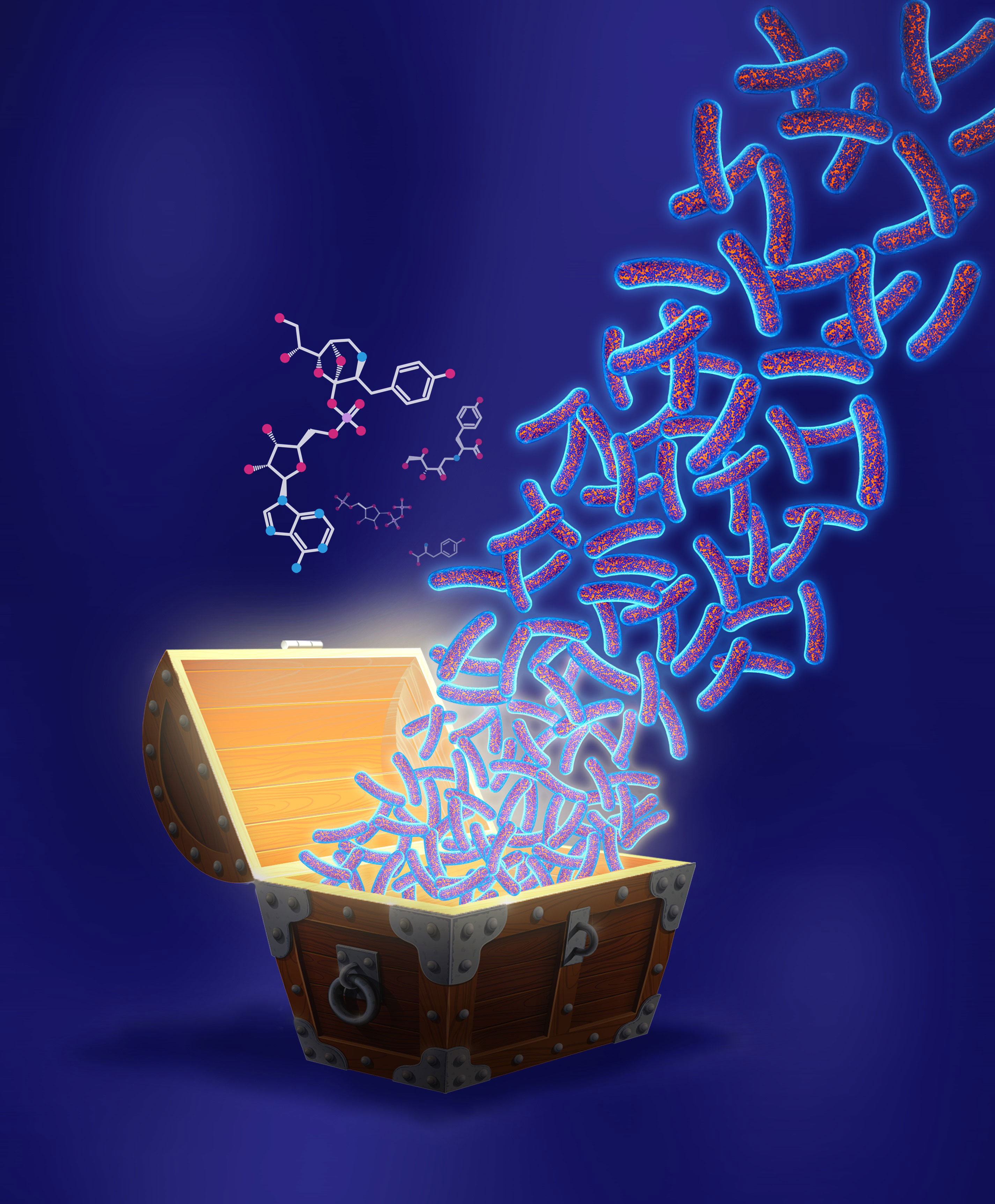
Scientists discover unexploited biosynthetic pathways and redesign them to produce useful bioproducts in a wide range of microbes.
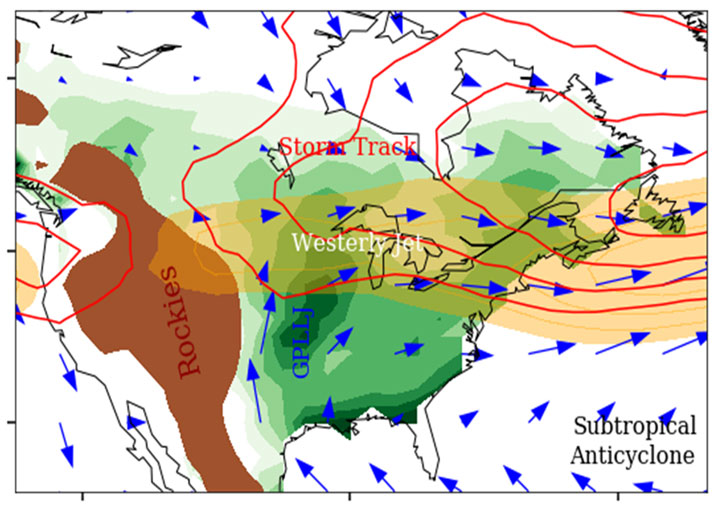
A global warming-induced poleward shift of the westerly jet affects the climate and water cycle in the U.S. Midwest differently in the spring and summer.

Scientists examine the vast scientific literature on the urban impact on weather and climate to synthesize current understanding and inform future work.

Scientists find interactions between organic matter in river corridors and microbial communities, highlighting potentially important microbes and chemicals